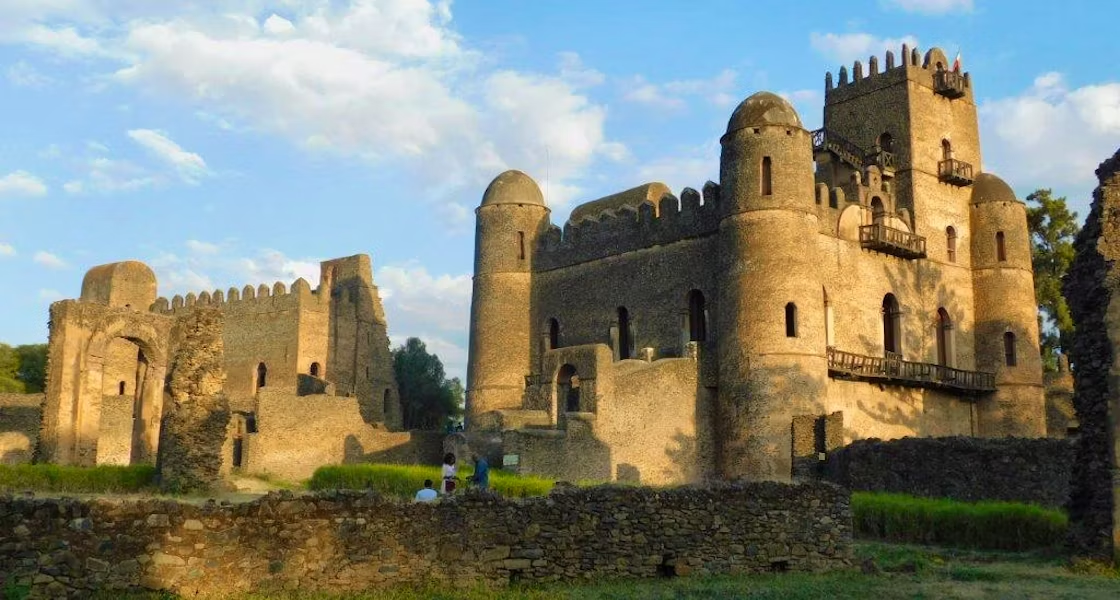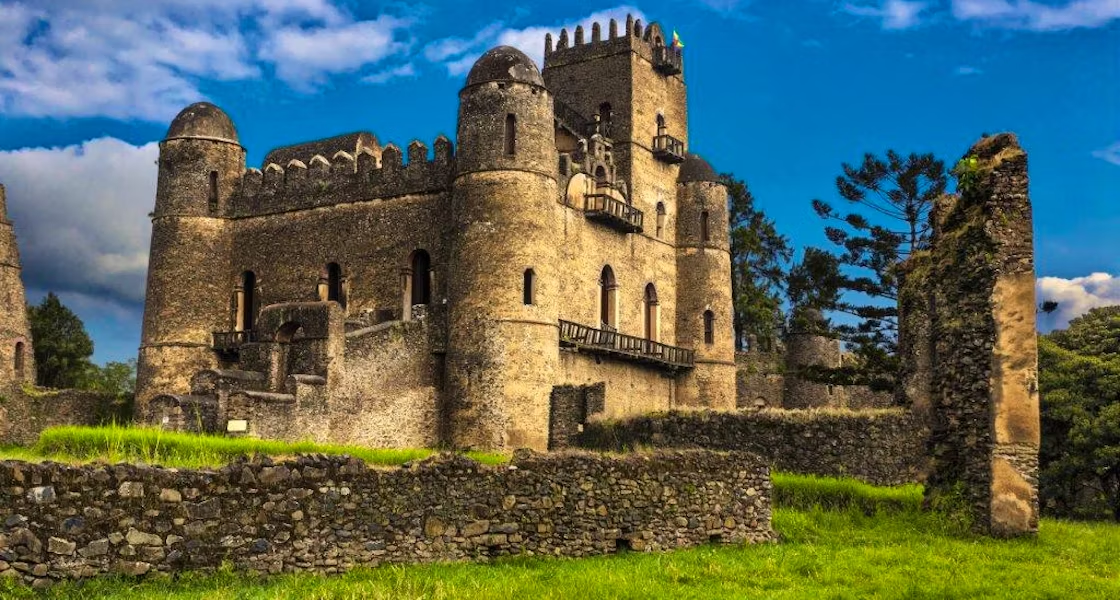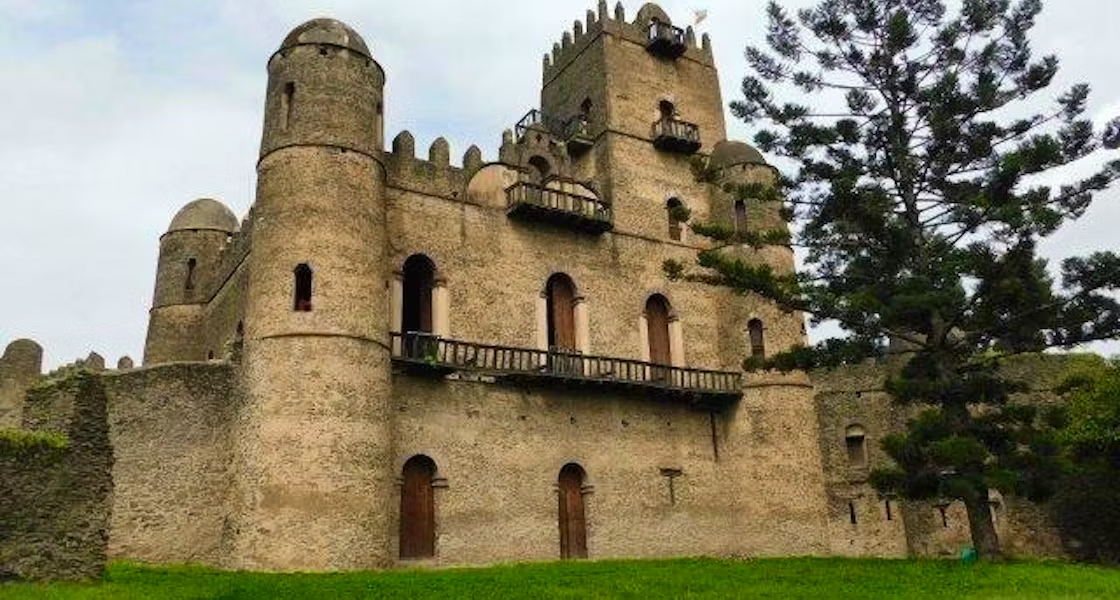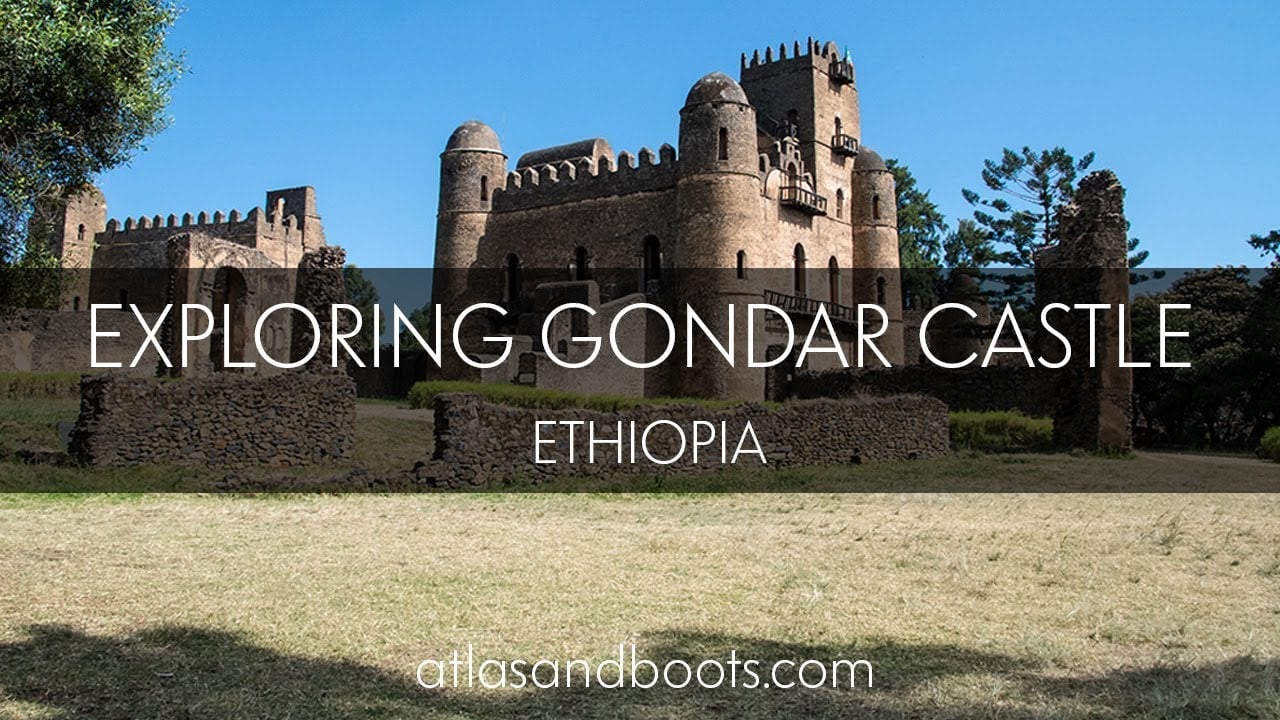 (The Habesha) – Hidden in the northern parts of Ethiopia lies a gem that history has lovingly preserved – Gondar Castle. This UNESCO World Heritage Site, often referred to as the African Camelot, beckons globetrotters with its impressive medieval architecture and rich cultural legacy. With battlements echoing tales of regal valor and walls weathered by time, the castle complex offers an immersive peek into Ethiopia’s royal history. This article is dedicated to uncovering the mysteries of Gondar Castle, underlining its historical significance, and highlighting its architectural grandeur. Join us, as we unfold the fascinating story of this time-worn fortress and offer insights into why Gondar Castle continues to be a beacon of Ethiopia’s pa.
(The Habesha) – Hidden in the northern parts of Ethiopia lies a gem that history has lovingly preserved – Gondar Castle. This UNESCO World Heritage Site, often referred to as the African Camelot, beckons globetrotters with its impressive medieval architecture and rich cultural legacy. With battlements echoing tales of regal valor and walls weathered by time, the castle complex offers an immersive peek into Ethiopia’s royal history. This article is dedicated to uncovering the mysteries of Gondar Castle, underlining its historical significance, and highlighting its architectural grandeur. Join us, as we unfold the fascinating story of this time-worn fortress and offer insights into why Gondar Castle continues to be a beacon of Ethiopia’s pa.
Historical Background of Gondar Castle
When we journey back to the origins of Gondar Castle, we must trace our steps back to the 17th century. The construction of the castle began under the reign of Emperor Fasilides, who founded the city of Gondar and made it his imperial capital. Encircled by verdant hills and deep blue rivers, Gondar soon became the beating heart of the Ethiopian Empire, with the monarch’s castle standing as its towering crown jewel.
Origins of Gondar Castle
In 1635, Emperor Fasilides sought to establish a permanent capital, instead of the transient, tented camp systems of his predecessors. Hence, the foundation of Gondar and the grandiose Gondar Castle. With a design reflecting both local and foreign architectural aesthetics, it served as a powerful symbol of the emperor’s might and the newfound stability of the Ethiopian Empire.
Gondar as the Royal Capital
The scenic city of Gondar was the royal capital for more than 250 years, earning it the nickname ‘The Camelot of Africa’. Here, noble dynasties arose, battles for power were fought, and emperors were crowned. Gondar Castle, the eminent seat of power, has borne silent witness to this pulsating dance of monarchy, hosting illustrious feasts in its grand halls and sombre meetings in its shadowy quarters.
Architectural Influences in Gondar Castle
The architecture of Gondar Castle is a unique fusion of diverse influences. The Portuguese, Indian, Moorish, and Aksumite design elements are apparent in its construction. With sturdy stone walls, crenellated parapets, arched windows, and turrets, the castle reflects the architectural vocabulary of the late-renaissance period. However, its heart remained profoundly Ethiopian, engraving a perfect blend of the native and the foreign in the annals of architectural history.

Architectural Features of Gondar Castle
Design and Structure
The overall design and structure of Gondar Castle are quite fascinating. The castle bears a strong resemblance to the architectural style of medieval Europe, blended with distinctive Ethiopian characteristics. This unique amalgamation of styles has contributed to its standing as an architectural marvel.
The castle is encircled by a 900-meter long wall, equipped with twelve gates allowing entrance to the complex. Inside the castle complex, a network of tunnels and raised walkways provided both protection and secrecy to its inhabitants.
Key Buildings within the Castle Complex
Gondar Castle is more than a singular structure; it’s a bustling complex housing multiple important edifices.
The Fasilides Palace
The Fasilides Palace is one of the central attractions within the Gondar Castle complex. This palace was built by Emperor Fasilides, who founded the city of Gondar and established it as his capital. The Fasilides Palace, characterized by its large rectangular structure and multiple turrets, reflects a distinct blend of Portuguese and Moorish architectural styles.
The Dawit Hall
The Dawit Hall, named after Emperor Dawit III who ruled from 1716 to 1721, is another key building within the castle complex. This building is known for its intricate architectural details, such as carved stone decorations and elaborate window designs.
The Iyasu Palace
Lastly, the Iyasu Palace, named after Emperor Iyasu I, is noted for its grand size and impressive architectural designs, such as its large arched windows and beautifully decorated ceilings. Despite being partially ruined, it still stands as a testament to the architectural brilliance of the Gondar period.

Cultural Significance of Gondar Castle
The cultural significance of Gondar Castle extends beyond its storied walls and grand architecture. Considered a symbol of Ethiopia’s rich legacy, the importance of the castle transcends time.
Role in Ethiopian History
The role of Gondar Castle in Ethiopian history is impossible to overlook. It served as a potent symbol of the nation’s unyielding spirit during periods of change and turmoil. Constructed in the 17th century, the castle bore witness to critical events, conflicts, and decisions that shaped Ethiopia’s destiny.
In the era of the Gondar monarchy, the castle was the seat of power, where strategies of governance, war, and diplomacy took shape. The decisions made within its walls influenced the course of Ethiopian history and left an indelible mark on the nation’s character and identity.
Gondar Castle in Modern Ethiopia
In modern Ethiopia, Gondar Castle has transitioned from an ancient military stronghold to an emblem of national pride and resistance. It stands as a testament to Ethiopia’s preservation of its age-old cultures and traditions against centuries of foreign influence and internal conflict.
The castle has become a unifying symbol, a touchstone echoing Ethiopia’s rich history and inspiring a sense of national cohesion. In the hearts of Ethiopians, Gondar Castle signifies resilience, grandeur, and the continuous journey of a nation through the broad river of history.
Gondar Castle now also serves an educational purpose. Schools across Ethiopia often organize excursions to the castle, enabling younger generations to relive their nation’s past. The castle thus bridges the gap between the old and the new, connecting a modern nation with its historic roots.
The Cultural Significance of Gondar Castle remains deep-seated in the psyche of Ethiopia. It stands as a focal point of national identity, a memory of a grand past, and an inspiration for a promising future.
Tourism and Conservation Efforts
Tourist Attractions in Gondar
Gondar Castle is a significant tourist draw in Ethiopia, consisting of numerous castles and fortifications. Known as “Africa’s Camelot”, this place provides a unique glimpse into the past, showcasing Ethiopia’s rich historic and cultural beauty. Despite the signs of age and conflict, the majesty of the castle’s structure isn’t diminished, making it one of Gondar’s top attractions.
In addition to the castle, Gondar city is dotted with other attractions. The stunning Fasil Ghebbi complex, a UNESCO World Heritage Site, houses palaces, churches, and monasteries. Debre Berhan Selassie Church, renowned for its angelic rooftop frescoes, also draws considerable attention. The Bath of Emperor Fasilides, used for Timkat – the Epiphany celebration in Ethiopia, offers an immersive cultural experience.
Preservation Challenges
As the Gondar Castle ages and Ethiopia continues to develop, preservation has become a challenge. With the passing years, the castle has suffered from exposure to weather elements and human activity. This has caused the slow erosion of the structures, which threatens the integrity of the castle.
The Castle, built mainly with natural materials like stone and lime mortar, has also faced damage from vegetation, especially during the rainy season. Without continued maintenance, the Castle and the other historical sites in Gondar face potential ruin, making preservation an urgent matter of attention.
Restoration Initiatives
Responding to these challenges, several local and global entities have embarked on restoration initiatives aiming to protect and conserve Gondar Castle. These endeavors aspire to maintain the castle’s original architecture and grandeur to the largest extent possible, while also ensuring the castle’s narrative remains available to future generations.
The Ethiopian government has partnered with international organizations like UNESCO and the World Monuments Fund for complex restoration projects. These initiatives involve careful planning and execution while adhering to global preservation standards. The connection with such organizations also helps in garnering funding and expertise for these projects.
Moreover, efforts are also being made to increase responsible tourism in the Castle complex, emphasizing visitor awareness and contributions to the conservation work. These initiatives have played a crucial role in preserving Gondar Castle, an undeniable testament to Ethiopia’s illustrious past.

